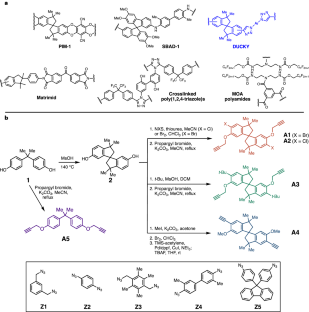2023-10-16 パデュー大学
◆成層圏は地球の最も高い領域で、オゾン層の存在によって地球の生命が守られています。成層圏での宇宙船の活動が地球に与える影響はまだ理解されておらず、今後の研究が重要です。将来、成層圏における金属の存在は増加する可能性があり、その影響について詳細な理解が求められています。
<関連情報>
- https://www.purdue.edu/newsroom/releases/2023/Q4/signatures-of-the-space-age-spacecraft-metals-left-in-the-wake-of-humanitys-path-to-the-stars.html
- https://www.pnas.org/doi/full/10.1073/pnas.2313374120
成層圏エアロゾル粒子に含まれる宇宙船再突入による金属類 Metals from spacecraft reentry in stratospheric aerosol particles
Daniel M. Murphy , Maya Abou-Ghanem , Daniel J. Cziczo , Karl D. Froyd , Justin Jacquot, Michael J. Lawler , Christopher Maloney, John M. C. Plane , Martin N. Ross, Gregory P. Schill , and Xiaoli Shen
Proceedings of the National Academy of Sciences Published:October 16, 2023
DOI:https://doi.org/10.1073/pnas.2313374120

Significance
Measurements show that about 10% of the aerosol particles in the stratosphere contain aluminum and other metals that originated from the “burn-up” of satellites and rocket stages during reentry. Although direct health or environmental impacts at ground level are unlikely, these measurements have broad implications for the stratosphere and higher altitudes. With many more launches planned in the coming decades, metals from spacecraft reentry could induce changes in the stratospheric aerosol layer.
Abstract
Large increases in the number of low earth orbit satellites are projected in the coming decades [L. Schulz, K.-H. Glassmeier, Adv. Space Res. 67, 1002–1025 (2021)] with perhaps 50,000 additional satellites in orbit by 2030 [GAO, Large constellations of satellites: Mitigating environmental and other effects (2022)]. When spent rocket bodies and defunct satellites reenter the atmosphere, they produce metal vapors that condense into aerosol particles that descend into the stratosphere. So far, models of spacecraft reentry have focused on understanding the hazard presented by objects that survive to the surface rather than on the fate of the metals that vaporize. Here, we show that metals that vaporized during spacecraft reentries can be clearly measured in stratospheric sulfuric acid particles. Over 20 elements from reentry were detected and were present in ratios consistent with alloys used in spacecraft. The mass of lithium, aluminum, copper, and lead from the reentry of spacecraft was found to exceed the cosmic dust influx of those metals. About 10% of stratospheric sulfuric acid particles larger than 120 nm in diameter contain aluminum and other elements from spacecraft reentry. Planned increases in the number of low earth orbit satellites within the next few decades could cause up to half of stratospheric sulfuric acid particles to contain metals from reentry. The influence of this level of metallic content on the properties of stratospheric aerosol is unknown.



